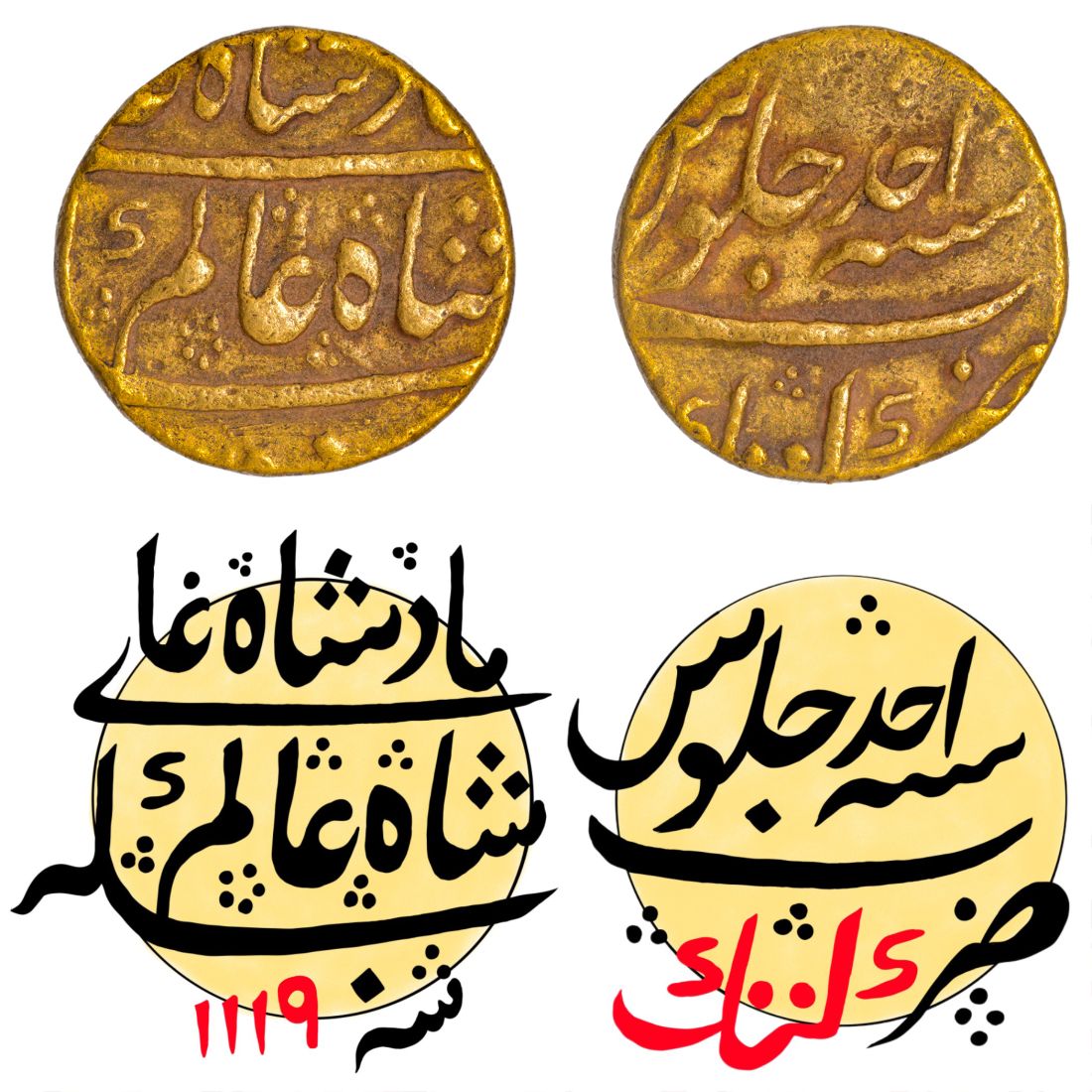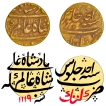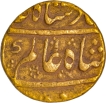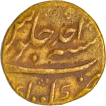This Lot is closed.
- P-Auction # 38
- Views:210
| Start Price 450000 | Estimated Price 450000-550000 |
| login, to view Hammer value | |
| Quick Description | ||||
|---|---|---|---|---|
| Denomination | Mohur 1 | Mint | Katak | |
| Metal | Gold | |||
| Full Description: Shah Alam Bahadur (AH 1119-1124/1707-1712 AD), Katak Mint, Gold Mohur, AH (1119)/Ahad RY, Obv: Persian legend “Sikka Shah Alam Badshah Ghazi”, Rev: Persian legend “sana Ahad julus”, “zarb Katak” at the bottom, 11.2g, 20.65mm, (Unlisted and Unpublished), about extremely fine, Exceedingly Rare. Note: Following the defeat of the Afghans in 1572 AD, Odisha was annexed to the Mughal Empire by Akbar, and the Cuttack mint was established to produce coins for the empire. Odisha was initially part of the Bengal Subah, but later in 1607 AD, Jahangir made it an independent subah. As the provisional headquarters of the Mughals in that part of the country, Cuttack was the only mint of the Mughals. There was a flourishing economy in this region during the golden age of the Mughals, which lasted until the death of Aurangzeb and then began to weaken afterward. During Shah Alam Bahadur's reign, the financial sphere experienced a sharp decline, and as Khafi Khan noted, "the income was insufficient to meet expenses, and money was received each day from the Treasury of Prince Azim-Ush-Shan in order to keep things running". Between 1708 and 1712 CE, coins were struck out of the Cuttack Mint under the governorship of Prince Azim-Ush-Shan as Governor of Odisha during this period. There was constant pressure on Azim-Ush-Shan to send revenues to the imperial capital in order to finance the wars of succession and to carry out other tasks. Despite the fact that the Cuttack Mint had very limited resources for producing silver coins, here is one minted in gold. This is an exception to the meager resources they had for minting silver coins. This is an important rarity of Mughal coinage, which has never been published before and is being offered for the first time.
| ||||



